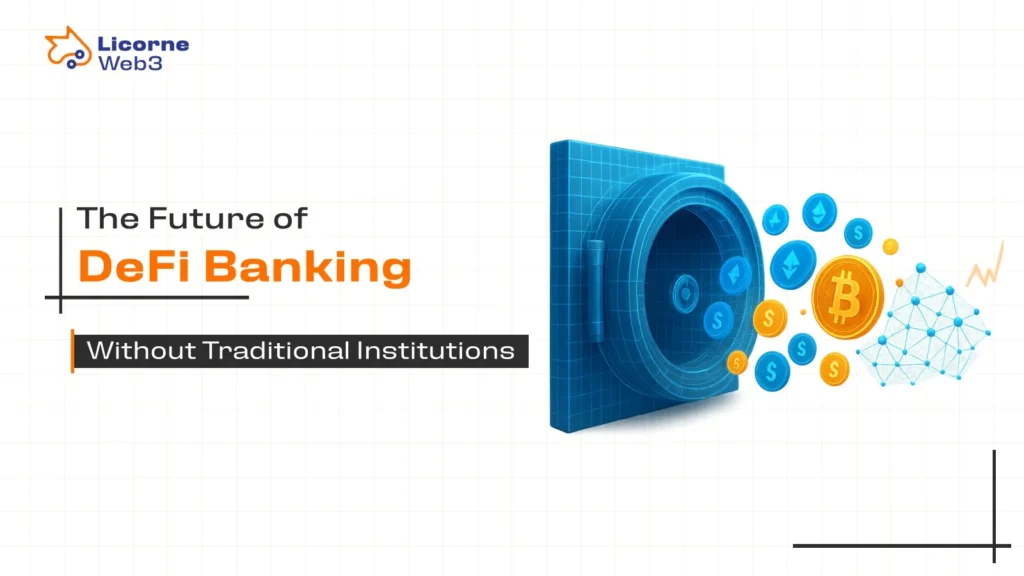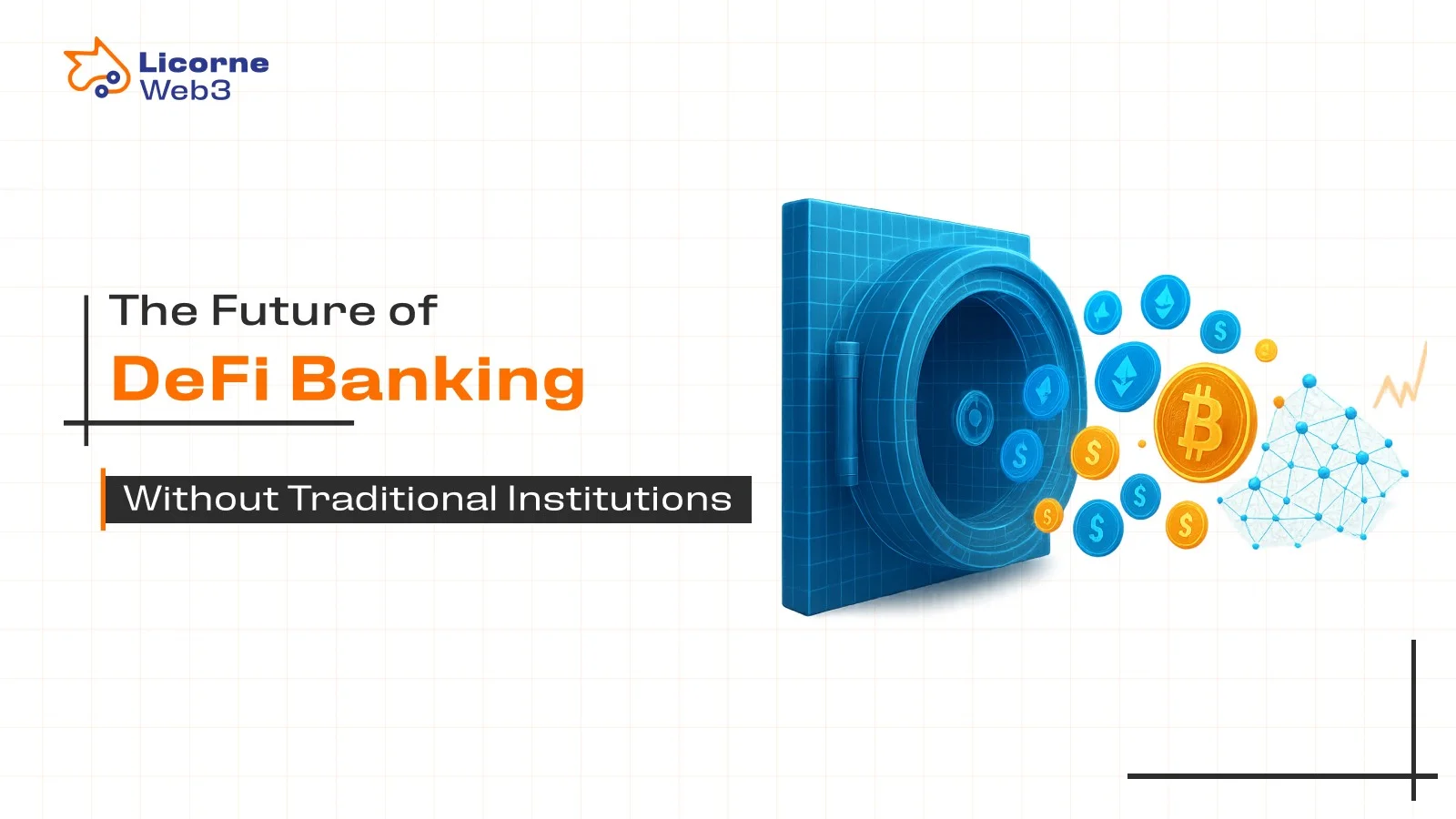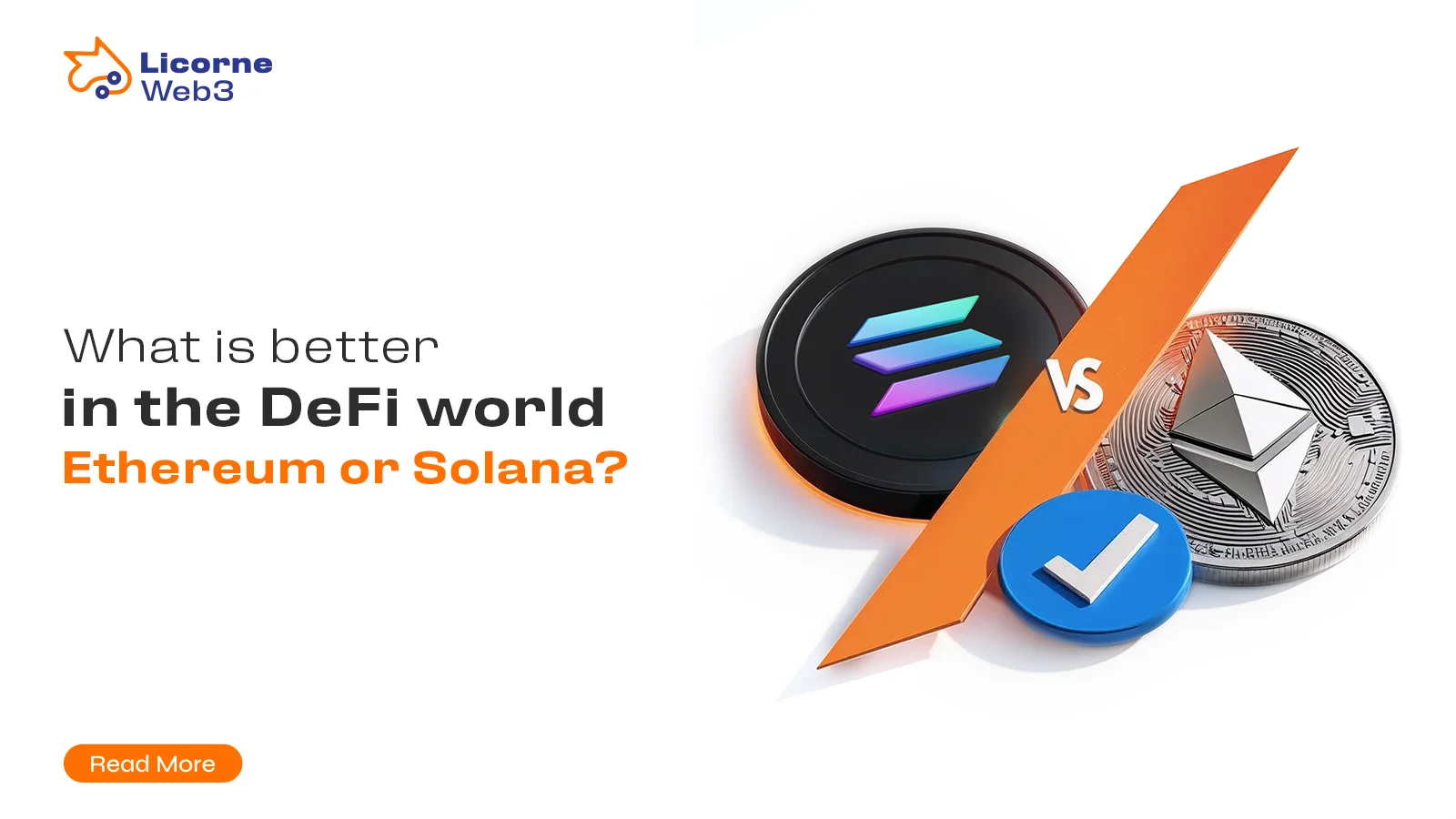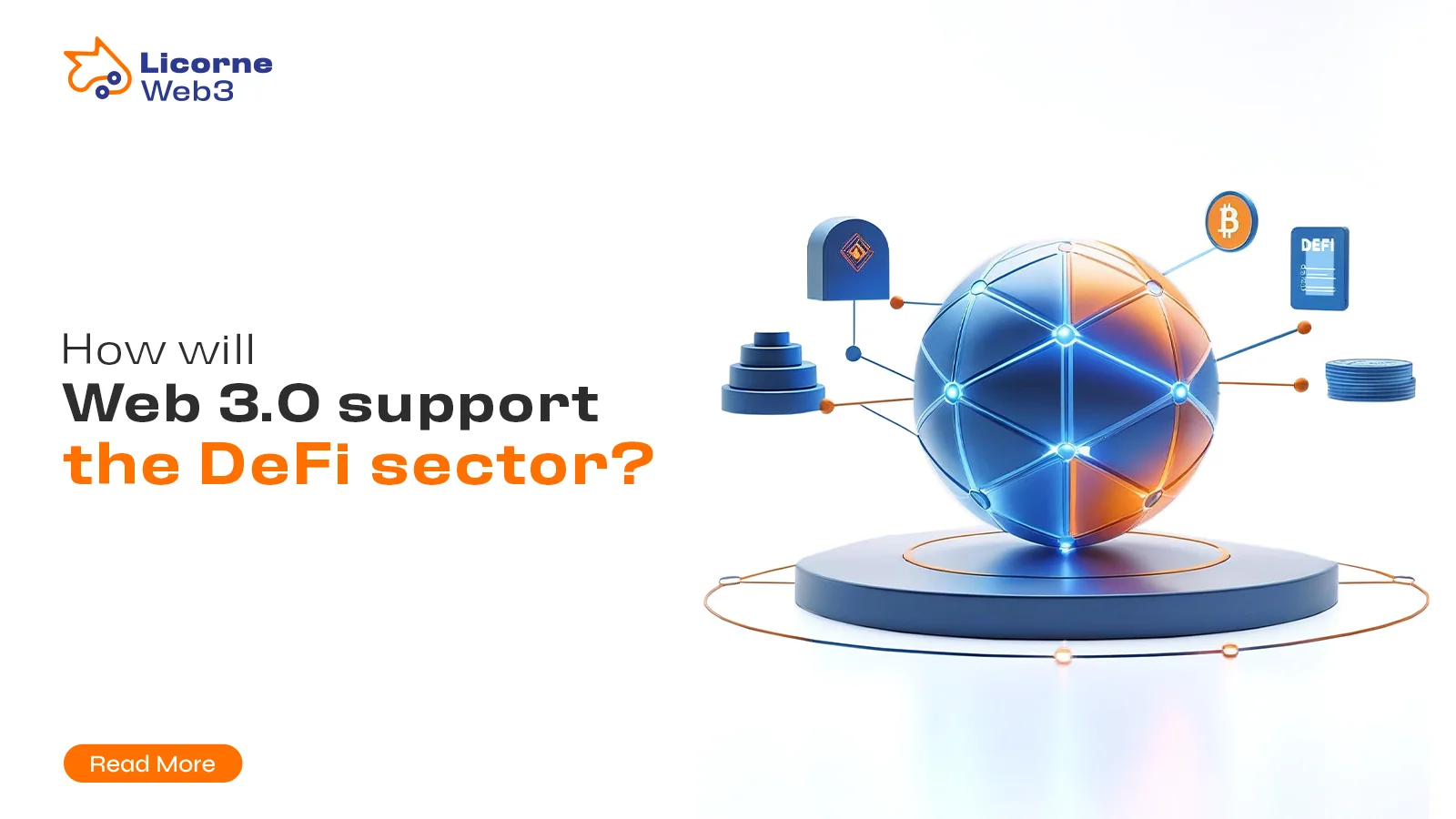Bitcoin’s network shows an exceptional hash rate growth despite information from its economic structure revealing additional analysis points. The blockchain protection system now operates at maximum computational strength, but transaction costs remain stable as block processing rates show no performance increase. Bitcoin’s different fundamental metrics create doubts about its future sustainability and reward stability for miners.
Record-Breaking Hash Rate
The Bitcoin blockchain has reached an all-time high hash rate at 838 EH/s average for 14 days and 974 EH/s during peak times, signifying robust miner collaboration and robust security measures. The spectacular rise of Bitcoin’s hash rate fails to match an equivalent enhancement in its market value since it stands at 25% beneath its historical high point.
Previous hash rate increases occurred before bullish price movements because they showed both increased mining competition and mining capital investments. The present state of disconnection indicates miners receive better incentives than the marketplace demands. An increasing hash rate and corresponding difficulty adjustments must be met by rising Bitcoin prices to protect mining profitability.
Rising Mining Costs and Profitability Concerns
A blockchain miner depends on both block rewards and fees derived from transactions. The current block mining payout stands at 3.125 BTC while daily transaction fees amount to approximately 4 BTC with a total worth of $377,634. The upcoming reward reduction will make cryptocurrency mining operations harder to sustain because of an estimated 3% difficulty escalation.
Beyond its present model, Bitcoin requires fee-based security, but current low-fee operations bring uncertainties to the system. Stricter environmental regulations together with rising energy expenses and cooling efficiency requirements drive miners to use renewable power sources while searching for locations with lower operational expenses. Mining operations will determine the direction mining will take in the future.
Declining Network Activity and Empty Blocks
The current highest hash rate of Bitcoin produces minimal on-chain usage. The latest Bitcoin mining block from Foundry USA Pool contained seven transactions being the least seen since this year. The low transaction rate in Bitcoin creates doubts about its useful applications outside of investment speculation since most users choose to keep their Bitcoin rather than spend it.
The Lightning Network, alongside other Layer-2 solutions, helps increase scalability, yet it decreases on-chain deals, which reduces miners’ fee earnings. The ongoing market changes might transform Bitcoin into an alternative medium of exchange.
Implications for Bitcoin’s Future
Bitcoin’s security depends on miner incentives, but declining transaction activity and block subsidies pose risks. Experts warn that focusing solely on Bitcoin as ‘digital gold’ without real-world use cases could hurt its future.
To stay decentralized, Bitcoin needs higher on-chain transactions, better layer-2 solutions, and real-world adoption. Innovation in mining technology and sustainable energy is also crucial to prevent centralization and ensure long-term viability.
Potential Solutions and Industry Initiatives
Several initiatives are underway to address Bitcoin’s transaction fee issue and overall network sustainability. Developers and industry leaders are exploring multiple solutions:
- Layer-2 Development: The Lightning Network and other layer-2 solutions aim to enhance Bitcoin’s scalability and reduce transaction fees. By moving smaller transactions off-chain, these technologies free up space on the Bitcoin main chain for larger transactions, increasing efficiency while maintaining security.
- Ordinals and Inscriptions: The rise of Bitcoin Ordinals, which allow for NFT-like digital assets to be inscribed onto the blockchain, has introduced a new use case for on-chain transactions. This innovation has temporarily boosted transaction fees, but its long-term impact remains uncertain.
- Miner Collaboration and Fee Optimization: Miners are actively seeking ways to optimize revenue streams, including fee market mechanisms that encourage higher transaction fees. Some mining pools have proposed dynamic fee adjustments that prioritize transactions with higher fees, creating a more sustainable incentive model.
- Regulatory and Institutional Adoption: Increased institutional participation in Bitcoin transactions could drive higher on-chain volume. Companies integrating Bitcoin into payment systems, remittances, and financial services could help sustain miner incentives over time.
Conclusion
The network strength of Bitcoin is demonstrated through high hash rates, although other key metrics show measured growth. The ecosystem needs to solve the problems of declining fees and network interactions to protect miner incentives and network security stability. The sustainability of Bitcoin’s mining economy faces uncertainty because transactional utility fails to increase sufficiently.
Bitcoin requires development into a mainstream and widespread financial tool beyond its current speculative purposes throughout the next several years. To achieve long-term success, Bitcoin needs layer-2 solutions to develop along with institutional adoption and mining technology improvements. For Bitcoin to maintain its dual role as a technological payment network and store of value, stakeholders must collaborate between developers, miners, and investors.
Author
-

I am a content writer with a passion for creating engaging content. I aim to simplify complex topics for readers through writing. With a keen interest in blockchain and crypto, I strive to foster understanding and empower readers to explore new ideas!
View all posts















